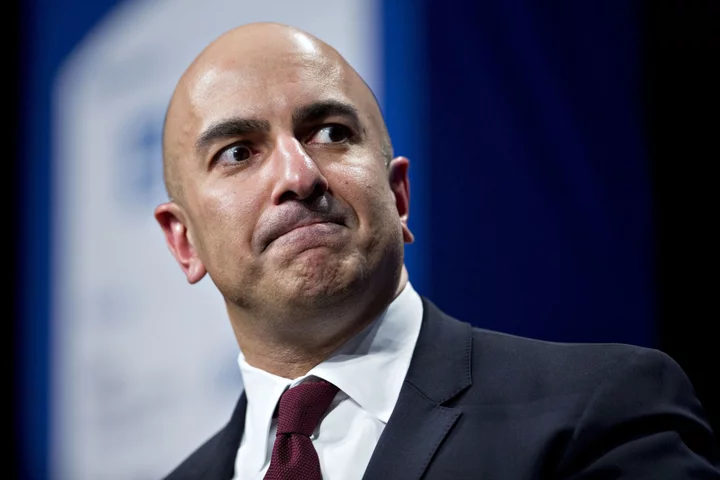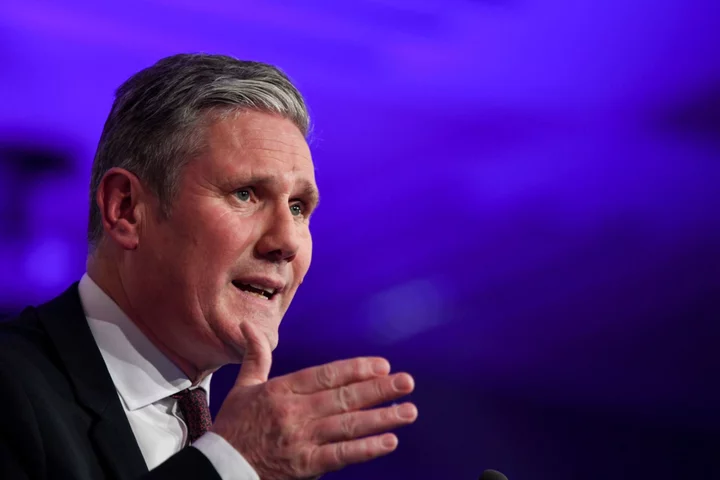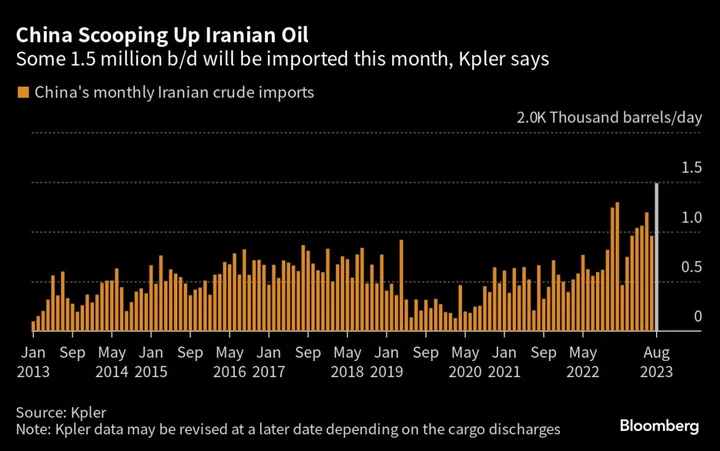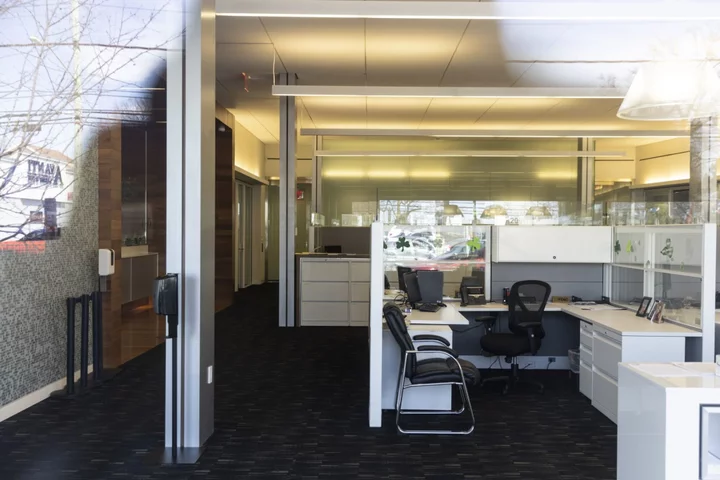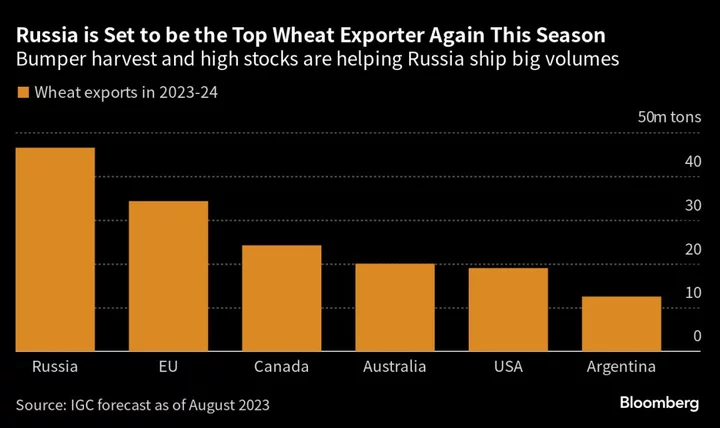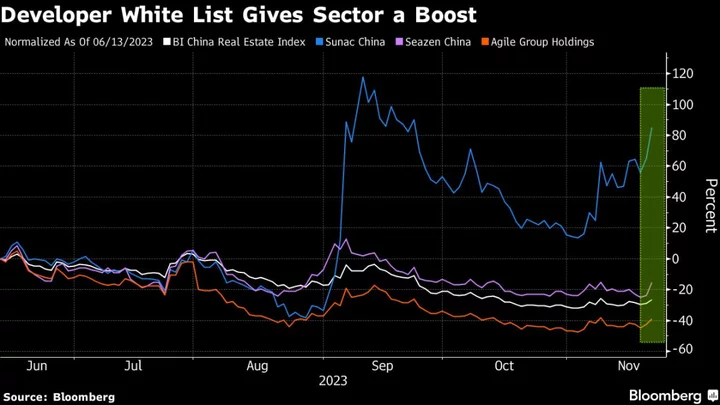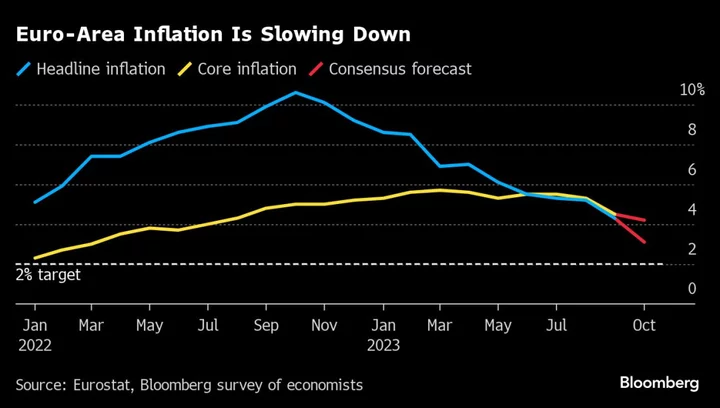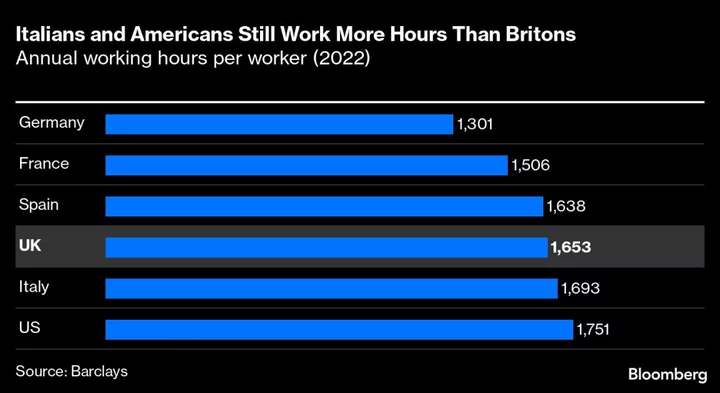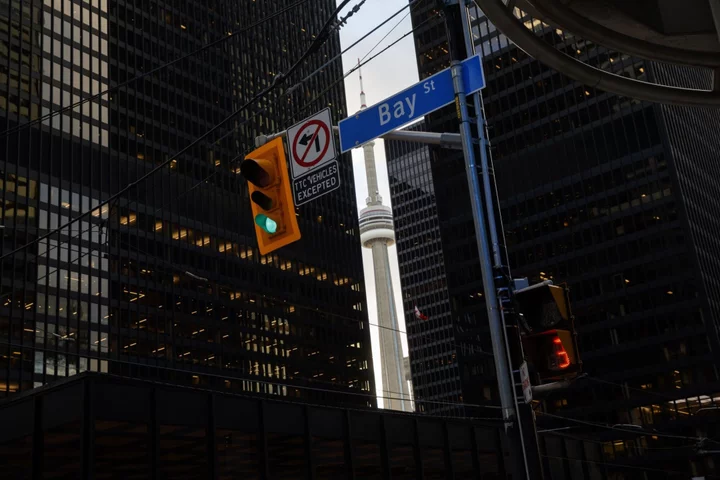Two Federal Reserve hawks saw the need to raise interest rates further this year, days after Chair Jerome Powell signaled a pause in June, while two other officials voiced support for patience.
Federal Reserve Bank of St. Louis President James Bullard said Monday that he backed two more increases and his Minneapolis colleague Neel Kashkari said if the central bank does pause, it should signal tightening isn’t over.
Their comments — while not explicitly pushing back against holding fire at the Federal Open Market Committee’s June 13-14 meeting — bolster the case aired by other officials that they might skip a move next month, while keeping the door open to hiking further if needed to quell inflation.
“I think we’re going to have to grind higher with the policy rate in order to put enough downward pressure on inflation and to return inflation to target in a timely manner,” Bullard told an American Gas Association financial forum in Fort Lauderdale, Florida.
“I’m thinking two more moves this year – exactly where those would be this year I don’t know – but I’ve often advocated sooner rather than later,” he said.
Bullard is a closely watched hawk who was an early advocate for aggressive rate hikes before the central bank began lifting borrowing costs last year. He does not vote on the FOMC in 2023.
Investors moved up bets on a rate hike next month to 30% from around 22% before Bullard spoke, according to pricing in futures contracts.
Officials have raised rates by 5 percentage points in the past 14 months to curb inflation running more than double their 2% target.
With their benchmark rate now in a 5% to 5.25% target range following a quarter-point increase earlier this month, Powell said Friday that policymakers could afford to watch the data and the evolving outlook.
Kashkari, who has been another hawkish policy voice and who votes on the FOMC this year, said he’s not seen evidence yet that banking-sector strains are helping to cool prices.
But they might, which is why he’d be comfortable with not lifting rates in June, provided officials leave the door open to going higher if price pressures fail to ease as expected.
“I think right now it’s a close call, either way, versus raising another time in June or skipping. What’s important to me is not signaling that we’re done,” Kashkari said in an interview on CNBC.
“If we were to skip in June that does not mean we’re done with our tightening cycle, it means to me we’re getting more information. Do we then start raising again in July, potentially?” he said.
In a later interview with Fox News, Kashkari repeated that it was premature to declare the central bank was done with its hikes.
With inflation persisting, “we may have to go higher from here, but we may not raise rates quite as aggressively and as quickly as we have over the course of the past year,” he said. “Let us get a little more information while we determine ‘do we need to go higher and how much higher we need to go?’”
Robust Growth
While growth has slowed and the rate of inflation has declined, the economy remains robust and prices are not cooling as quickly as expected.
On the other hand, credit conditions have tightened following the failure of four regional US banks in recent months, which could help do the Fed’s job for it by slowing growth.
But investors remain wary of the sector, and if further rate hikes cause additional banking strains it could ignite a widespread panic that tips the economy into recession.
San Francisco Fed President Mary Daly, speaking separately Monday via video conference at an event in Paris, declined to commit to either raising rates again in June or pausing.
Still, she cited reasons for caution, emphasizing that monetary policy operates with a lag and that stress in the banking sector will add to the tightening of financial conditions.
“I really think, at this point in our tightening cycle, it is prudent to resist the temptation to say what we are going to do for the rest of the year,” Daly said, adding that a pullback in bank lending could be worth as much as a couple of rate hikes.
That sentiment was echoed by Atlanta Fed President Raphael Bostic, confirming that he was still in the camp who would like to hold rates steady next month.
“Our policy works with a lag. And we’re just at the very beginning of this time when that lag is starting to play out and you’re starting to see tightness emerge,” Bostic said on Monday. “Right now, absent a big change, I think I will be comfortable saying let’s just look and see how things play out.”
Neither Bostic nor Daly vote on policy this year.
(Updates with comments from Kashkari in 14th paragraph.)
Author: Steve Matthews, Catarina Saraiva and Craig Torres

